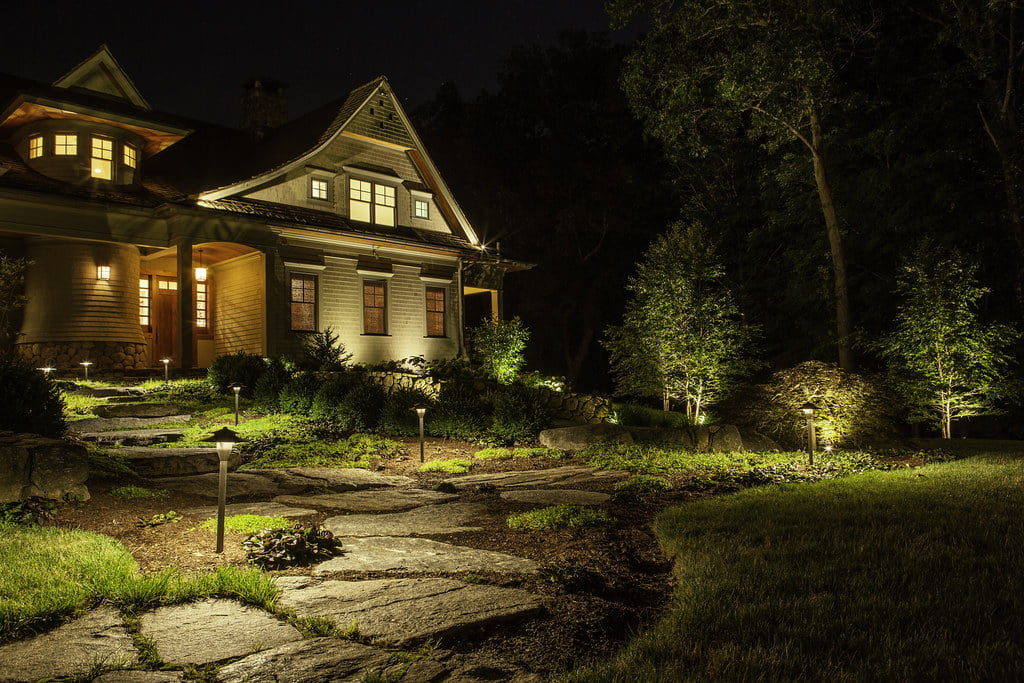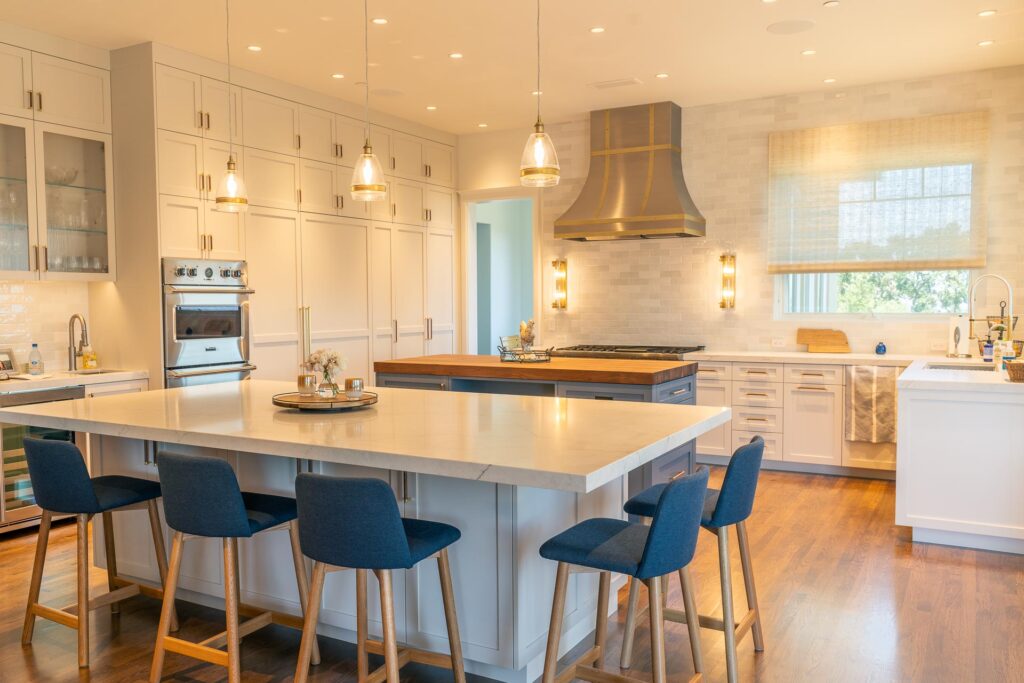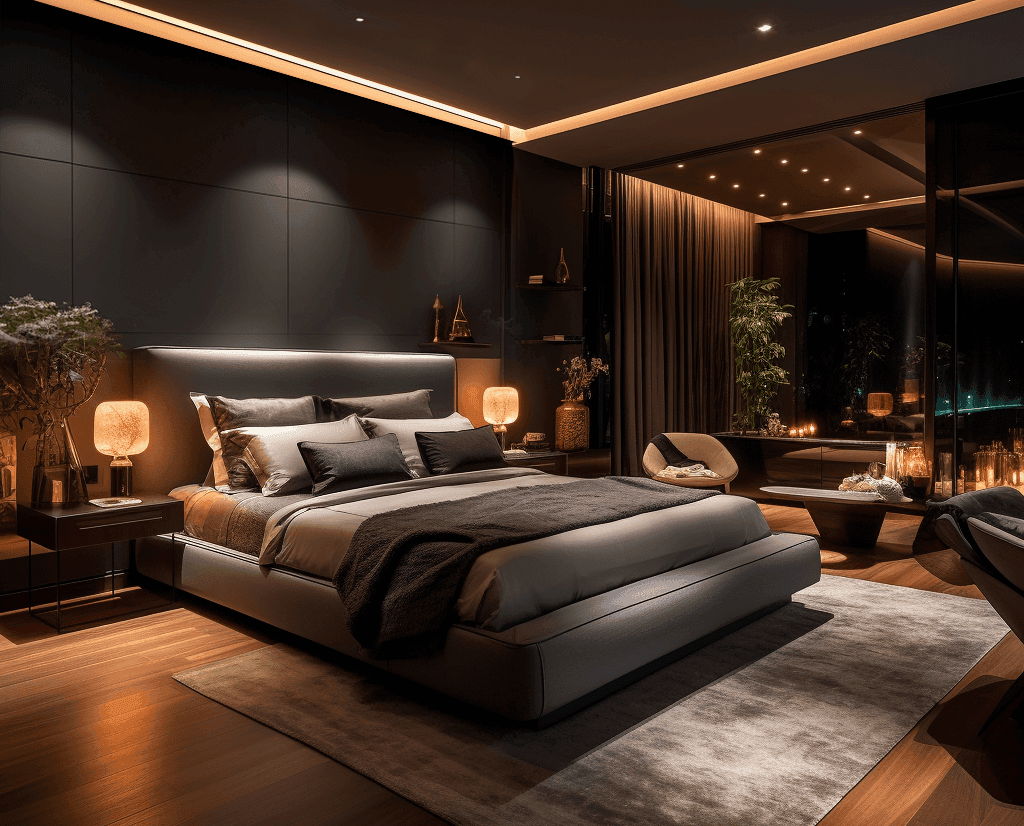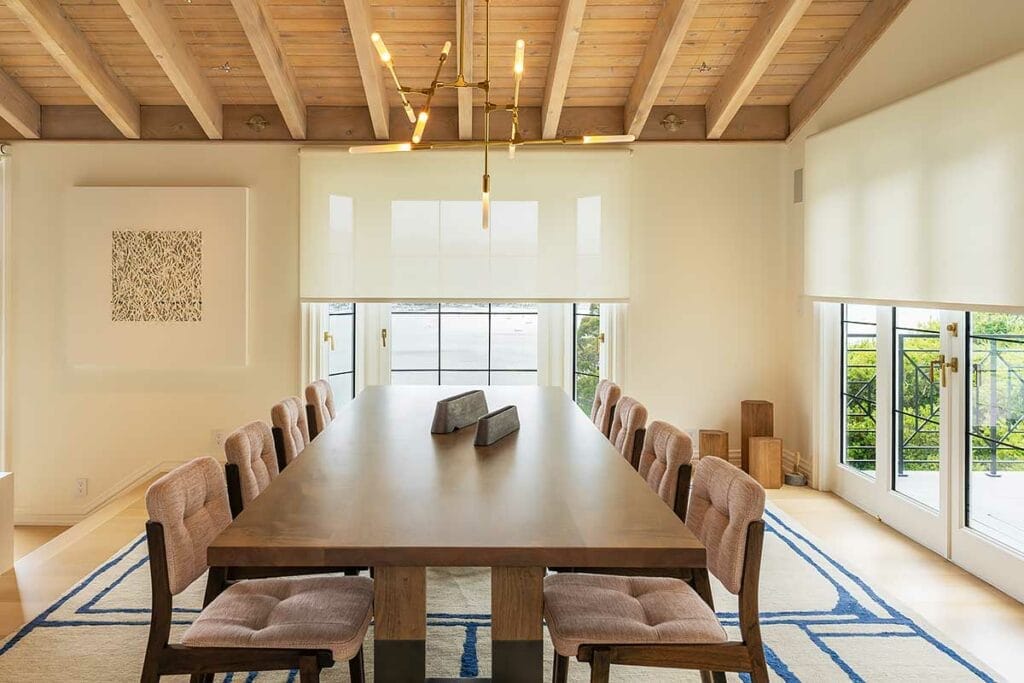Home lighting is more complicated than you’d think. There are over a dozen different parameters to each recessed lighting fixture in your home. There are multiple designs, beam styles, colors and bezels. So, among all these lighting specs, what is CRI?
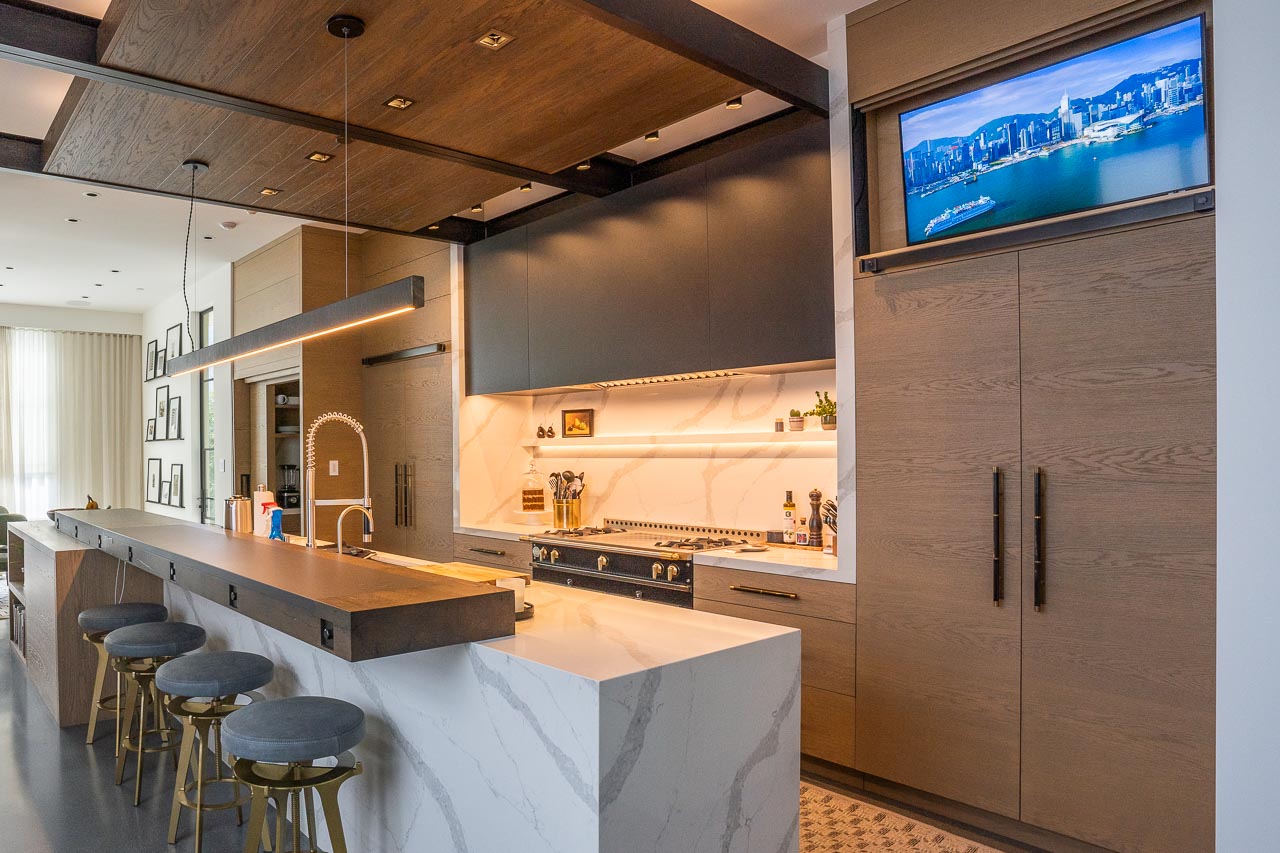
What is CRI?
CRI stands for Color Rendering Index. The CRI rating dictates how accurately and vividly a light fixture renders the colors of what it’s illuminating. Unfortunately, it was developed of necessity as the industry trended towards LED fixtures. Early LEDs were particularly bad at rendering colors as vividly as halogens. They tended to be blue. As a result, CRI was created to see how close those colors were to rendering them at full vividness.
How is CRI Calculated?
When you find a CRI rating on the back of a light, that number is the average value of eight individual color accuracy tests. They are also known as R1 through R8. CRI has 15 individual lighting tests (R1-R15), but the official “General CRI” rating only includes these first eight tests focusing on pastel colors (in the USA).
Reading a CRI Score
A perfectly rendered color gets a score of 100, and a color not rendered receives a 0. High-end light fixtures generally have a CRI of at least 90. People sensitive to color accuracy may prefer fixtures with a CRI of 95 or higher.
The Fatal Flaw With CRI: R9
Remember how we said CRI ratings are the average rating of tests R1-R8? There are actually 15 R-values (different color tests) that can be measured. A score that encompasses all 15 tests is called Extended CRI. The most crucial test is R9, which represents deep red.
Deep red is the most challenging color for an LED to render. While you may find an inexpensive fixture with a CRI rating of 90, that doesn’t necessarily mean reds will look properly vivid or saturated. A low R9 value will make reds look more grey or even blue.


When Does CRI Color Accuracy Matter?
Artwork and Photography
High CRI is essential for artwork and printed photos in your home. High-accuracy lighting ensures your art looks exactly as the artist or photographer intended. If you opt not to focus on high-CRI lighting for your home, your artwork and photography should be the one place where you put high-CRI lighting.
Skin Tones
Our skin needs light fixtures with high R9 ratings to accurately render the red hues in our skin. At first glance, our skin may not be too red. However, look at your hands, knuckles, fingertips, and cheeks. Your face and hands are some of the most red parts of our bodies! Light fixtures with a high R9 value ensure your skin looks great just as it would under natural lighting. Without the red hue in our skin, we would look pale or sickly. This is especially important in bathrooms when getting ready for the day, or in the family room where you spend the most time with others.
Lower Eye Fatigue
Rich, vibrant colors reduce eye fatigue. Colors that appear more natural and vibrant are easier on the eyes and help you feel more comfortable in your home.
Picking The Right Fixture
Checking the CRI rating of each fixture is a long and tedious process. Not to mention all the other variables of a light fixture to look for. Fixtures with a high CRI rating generally come at a higher price. Here at Lighting By Design, we specialize in balancing quality and value to create the best lighting plan for your lifestyle and home. If you want to speak to us to find the right light fixtures for your space, call us at 415-883-7700.

